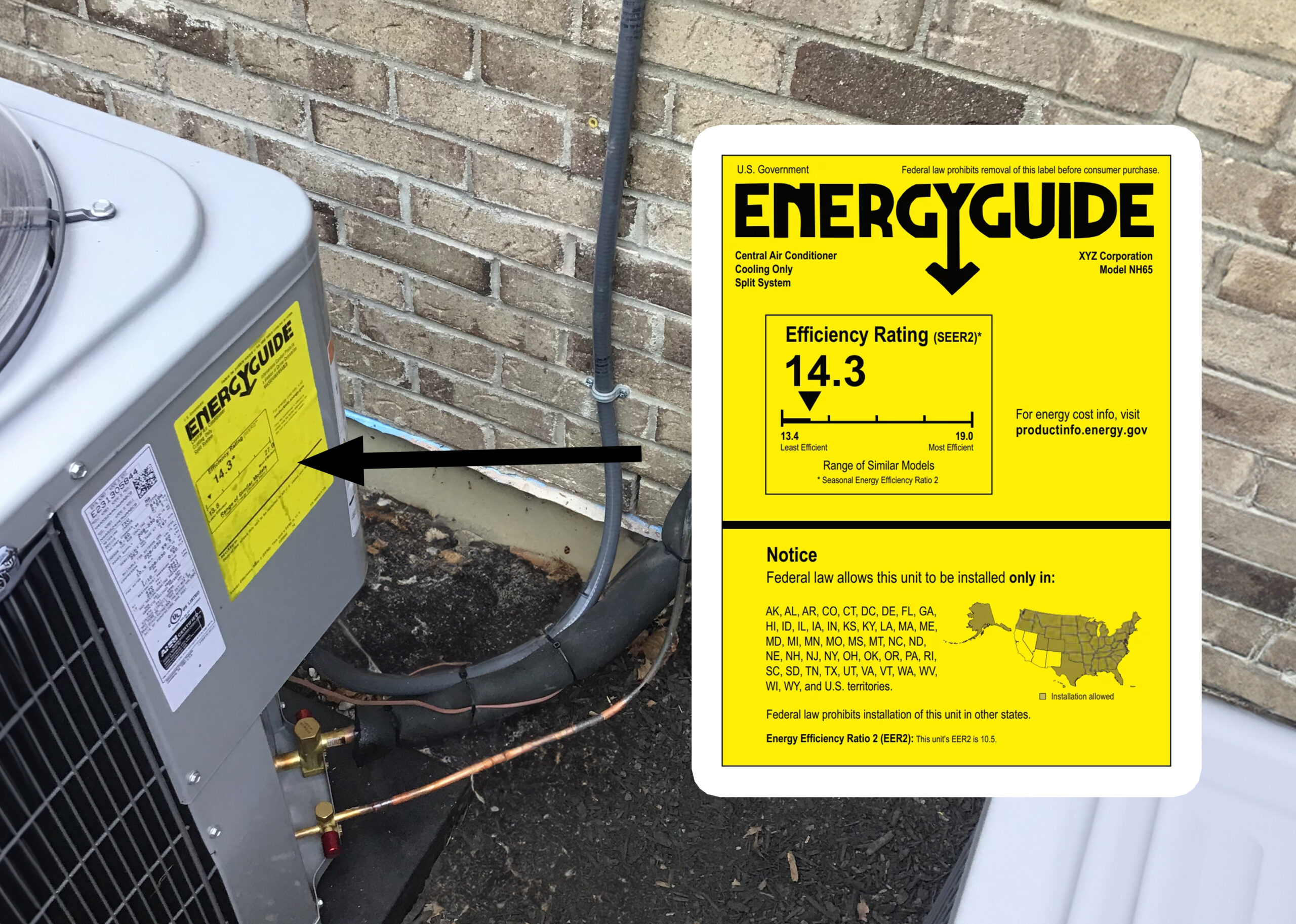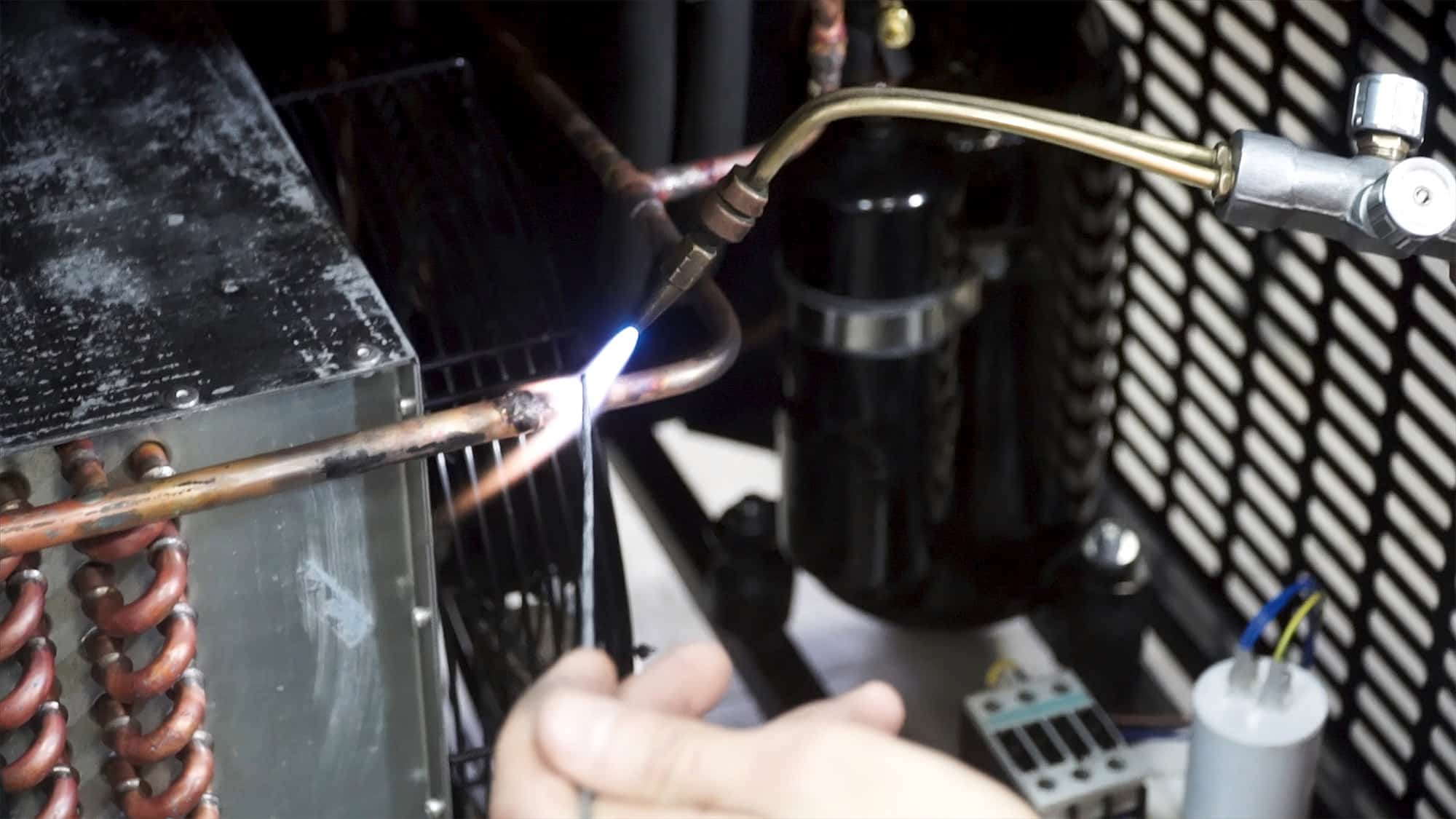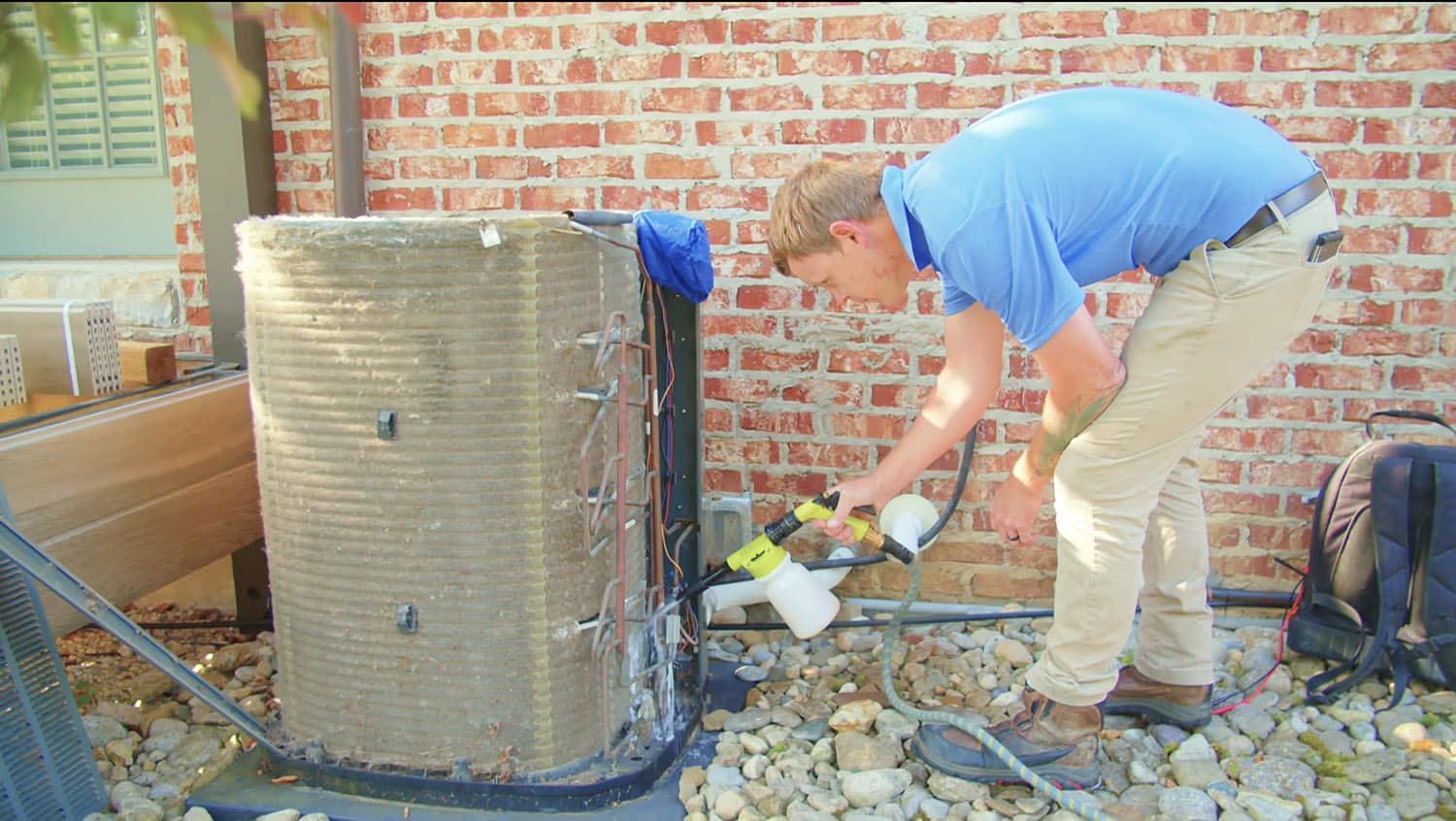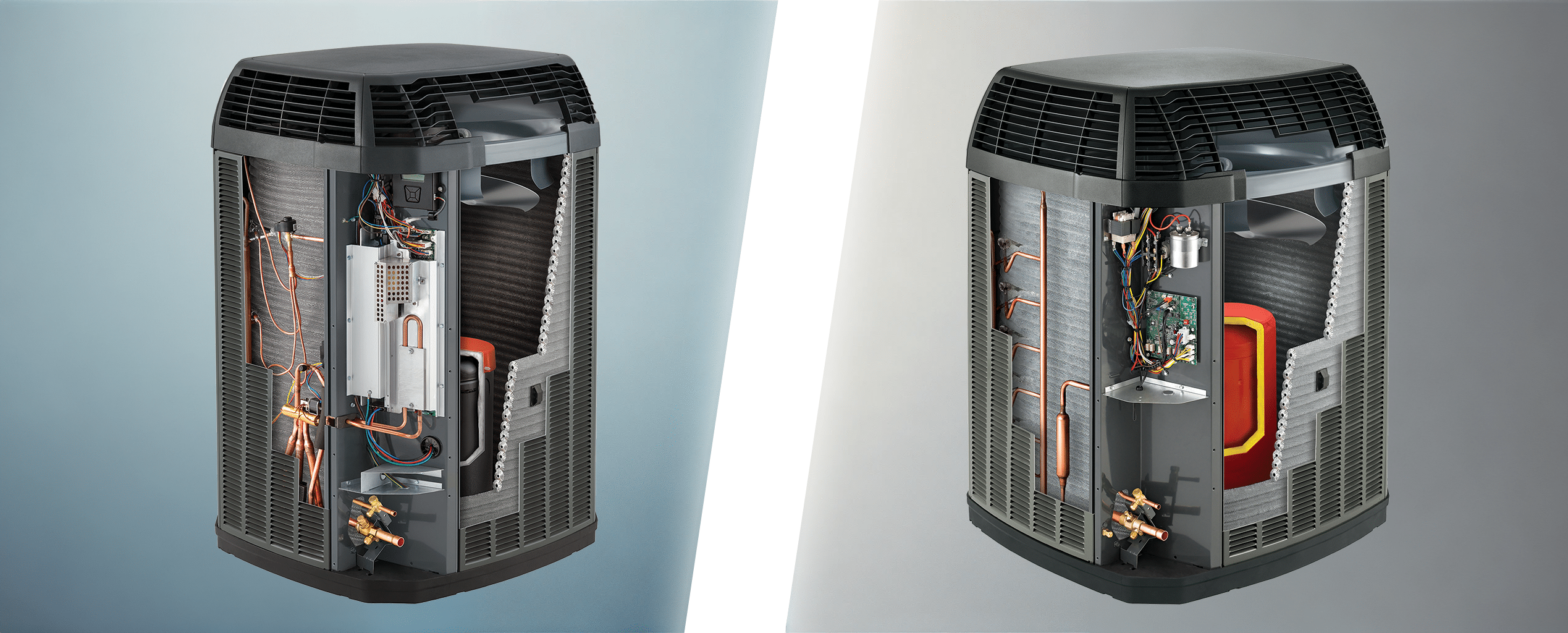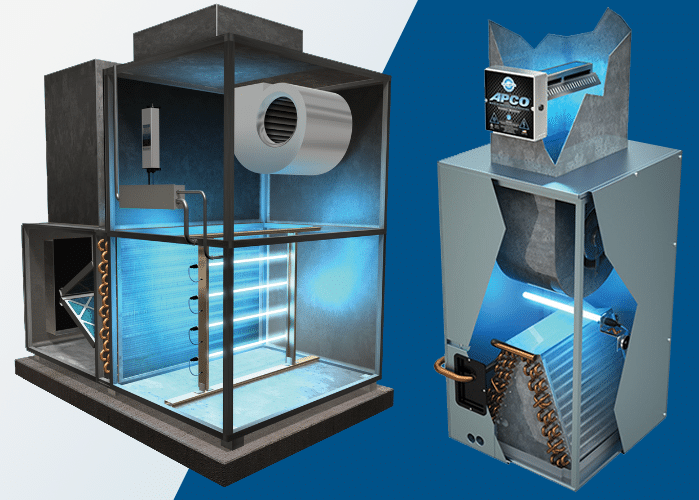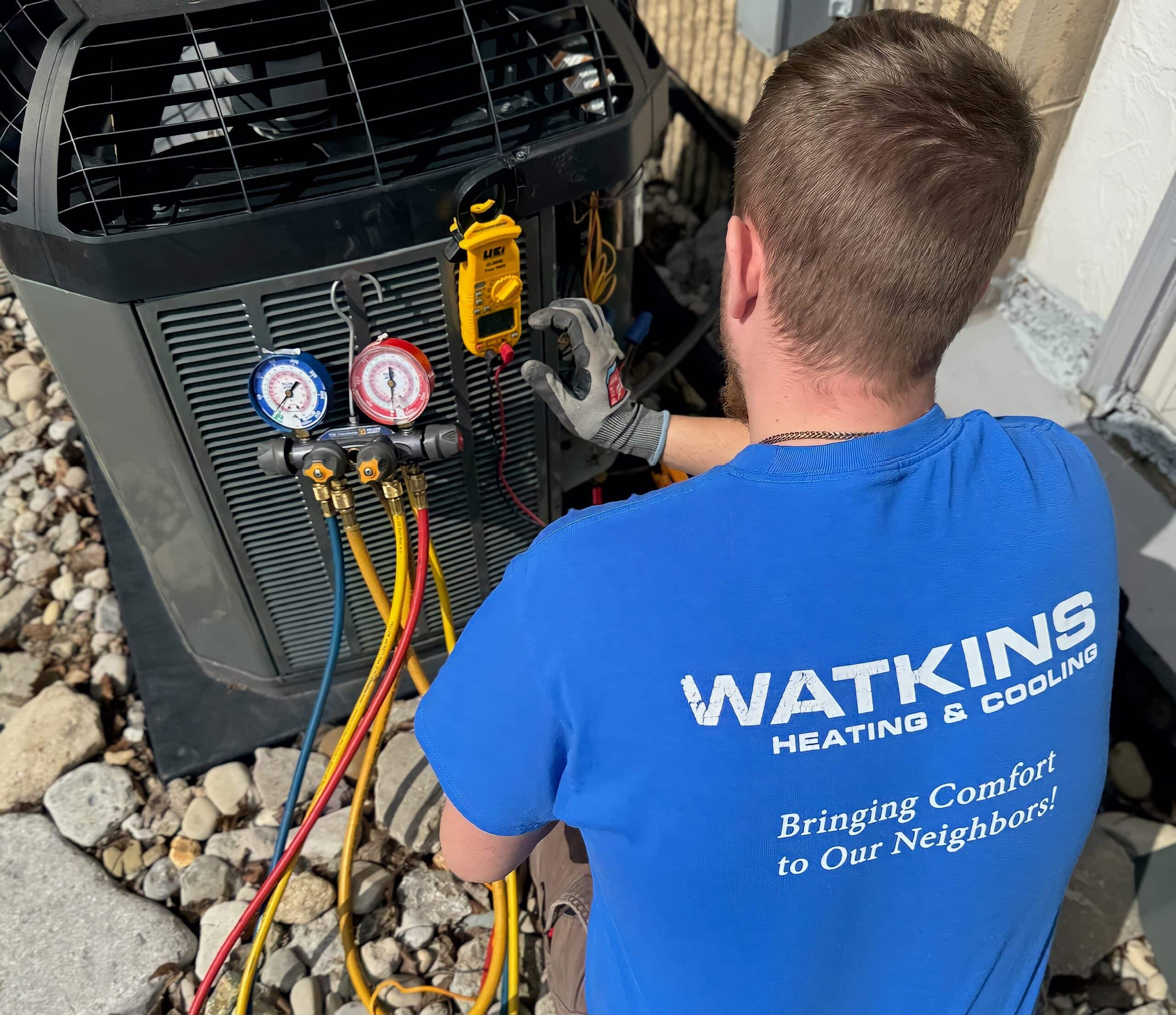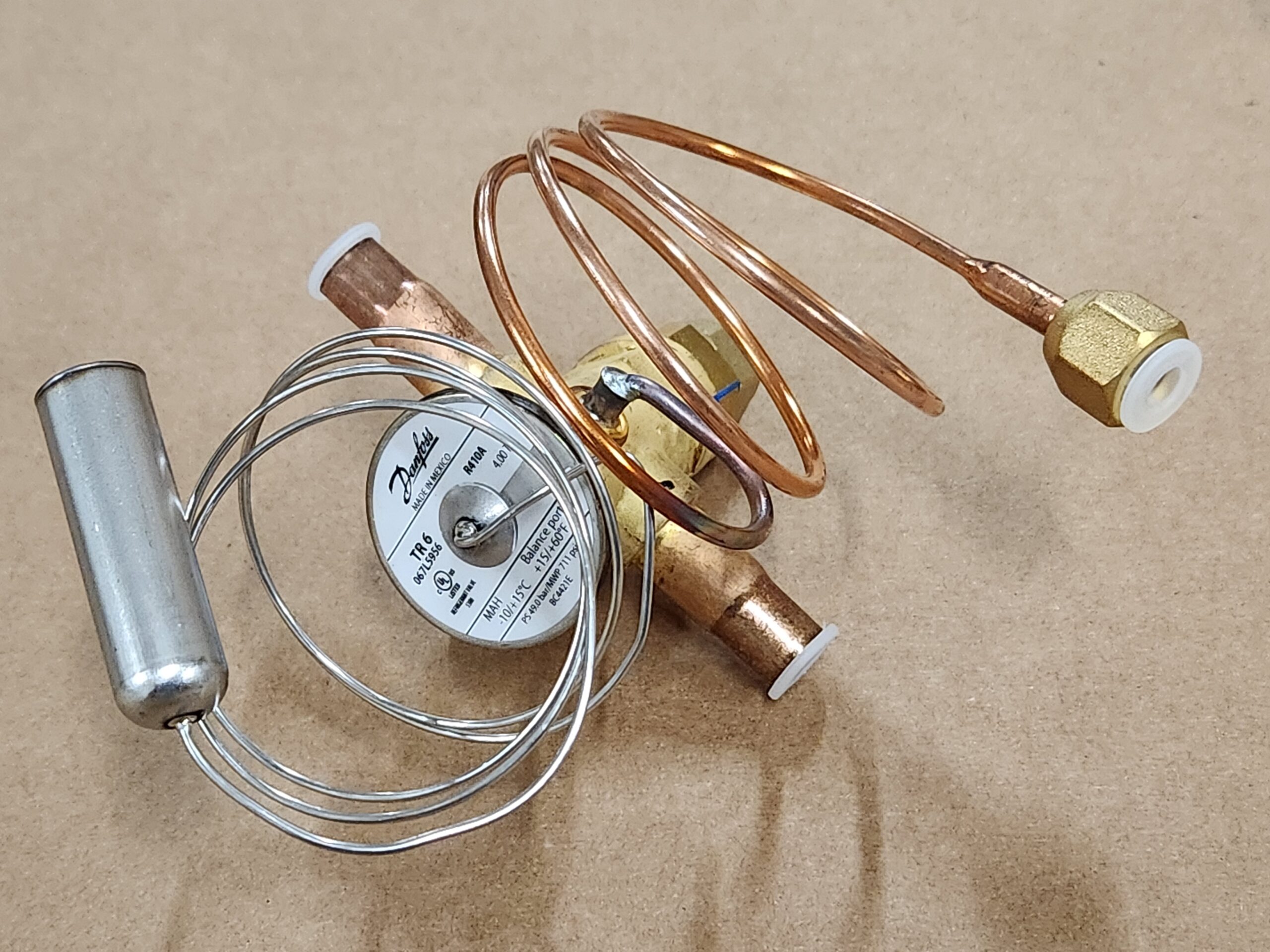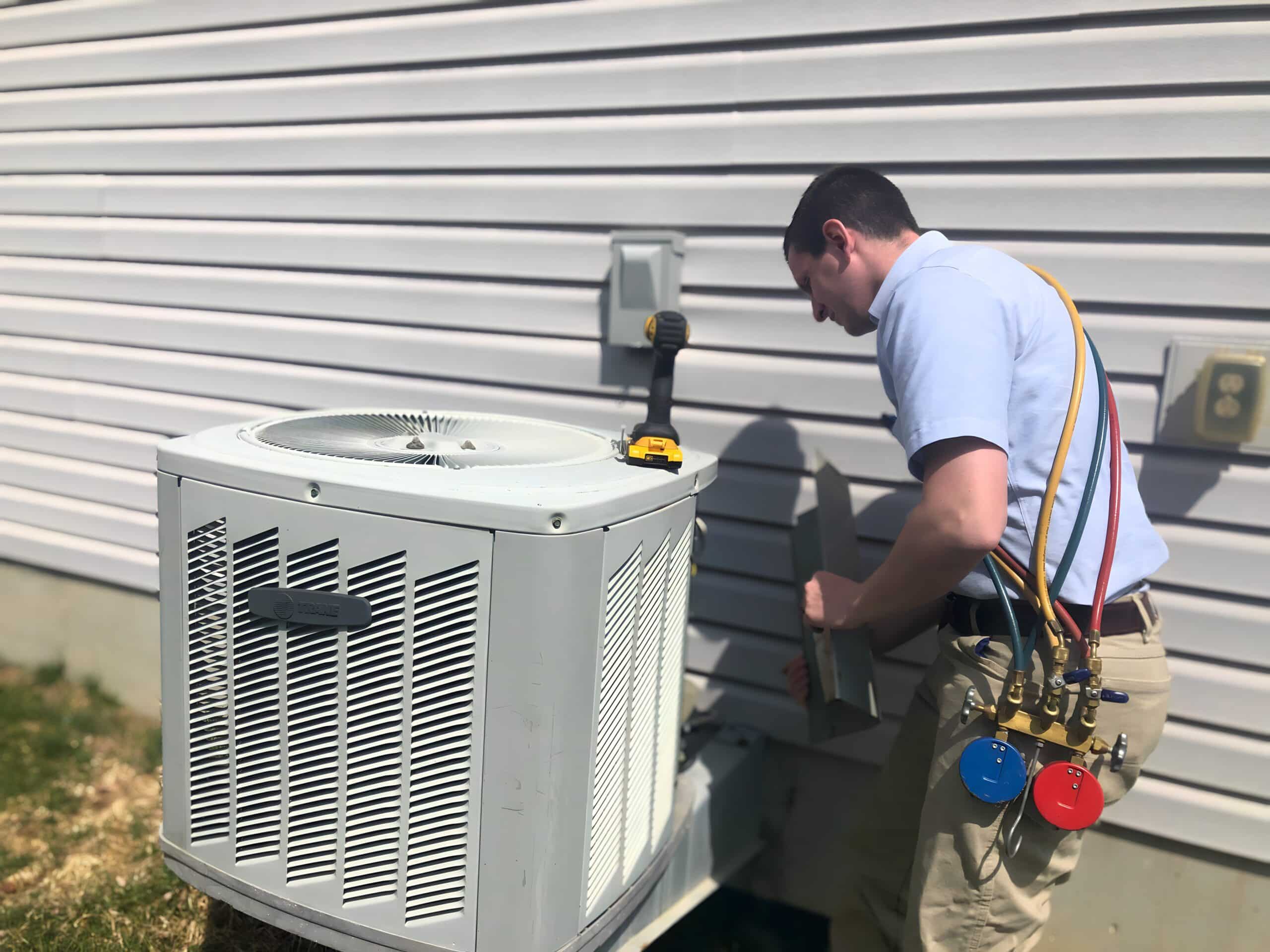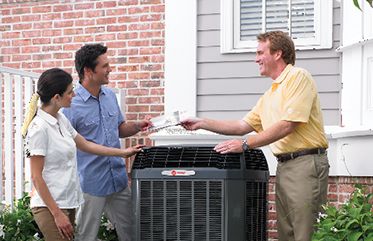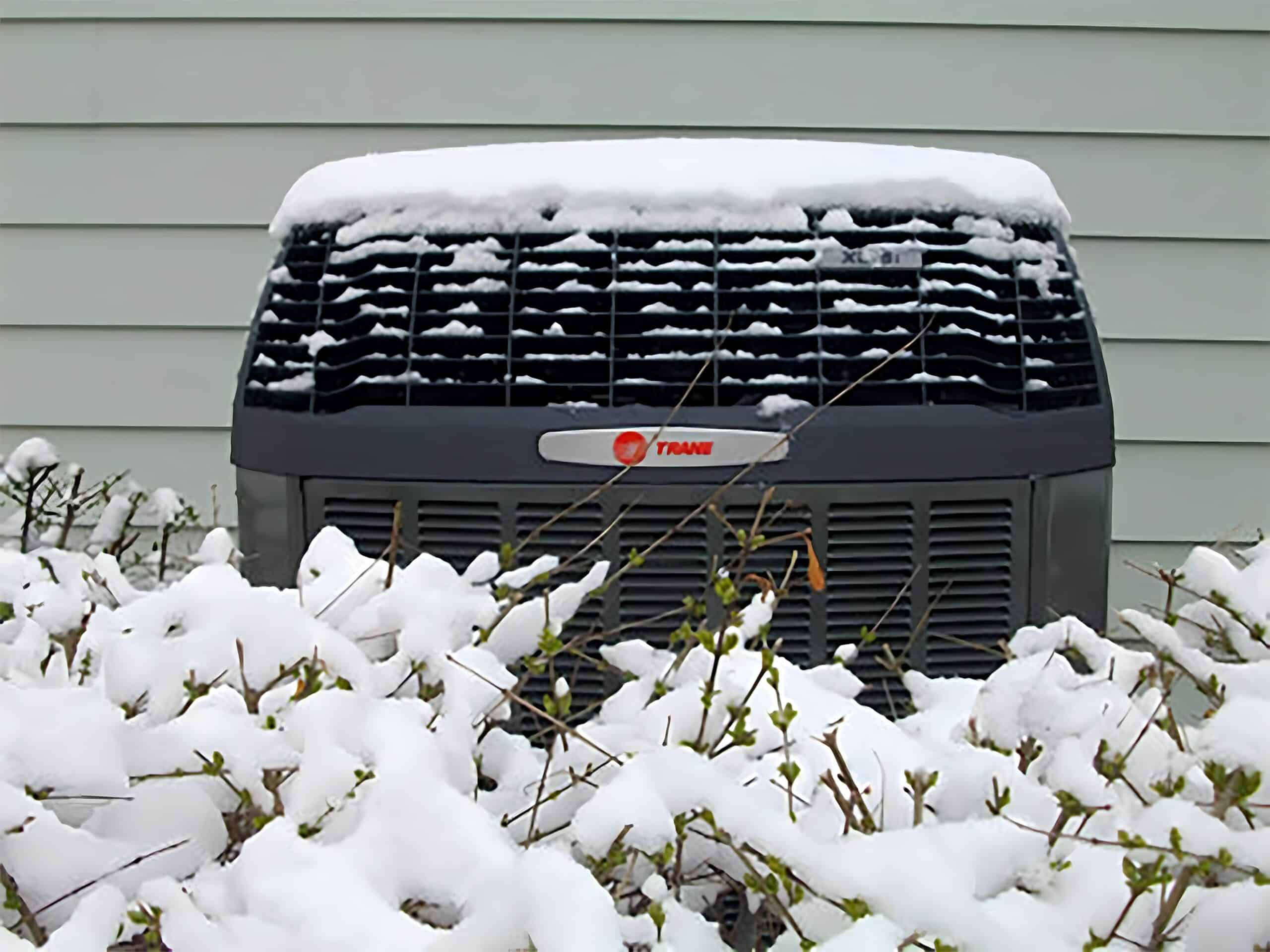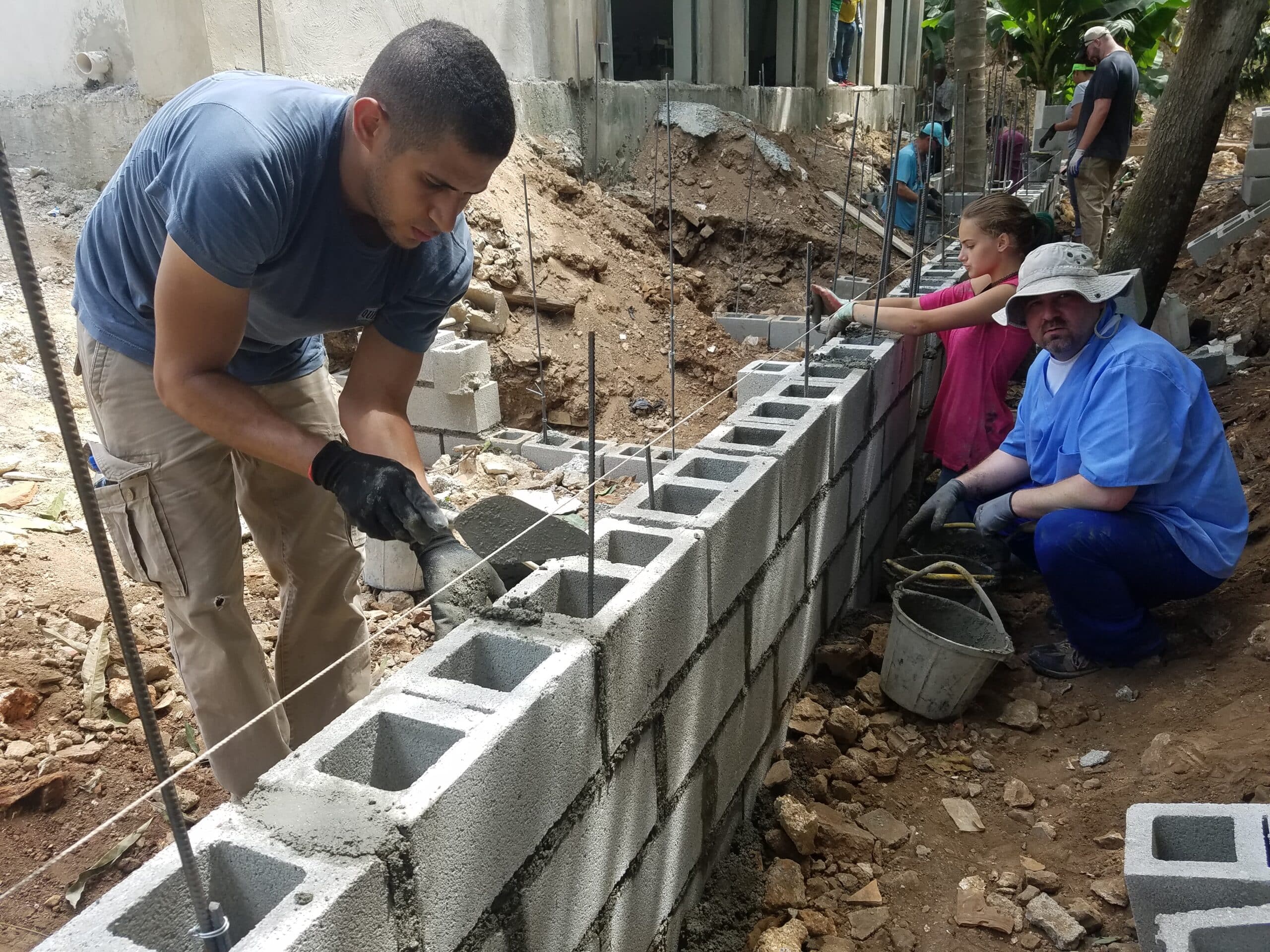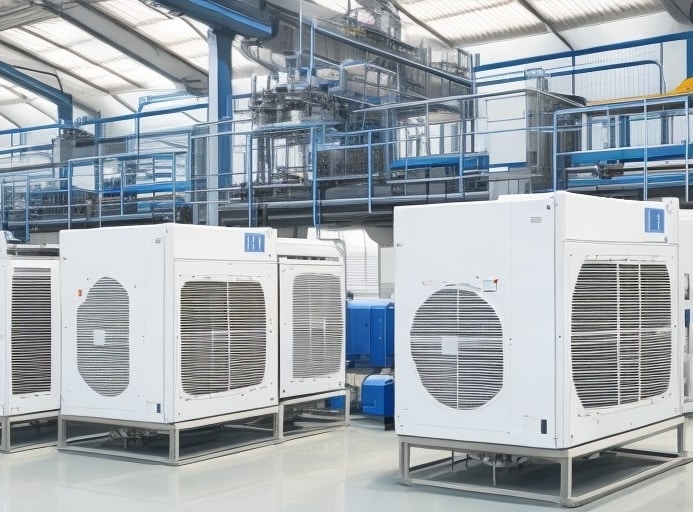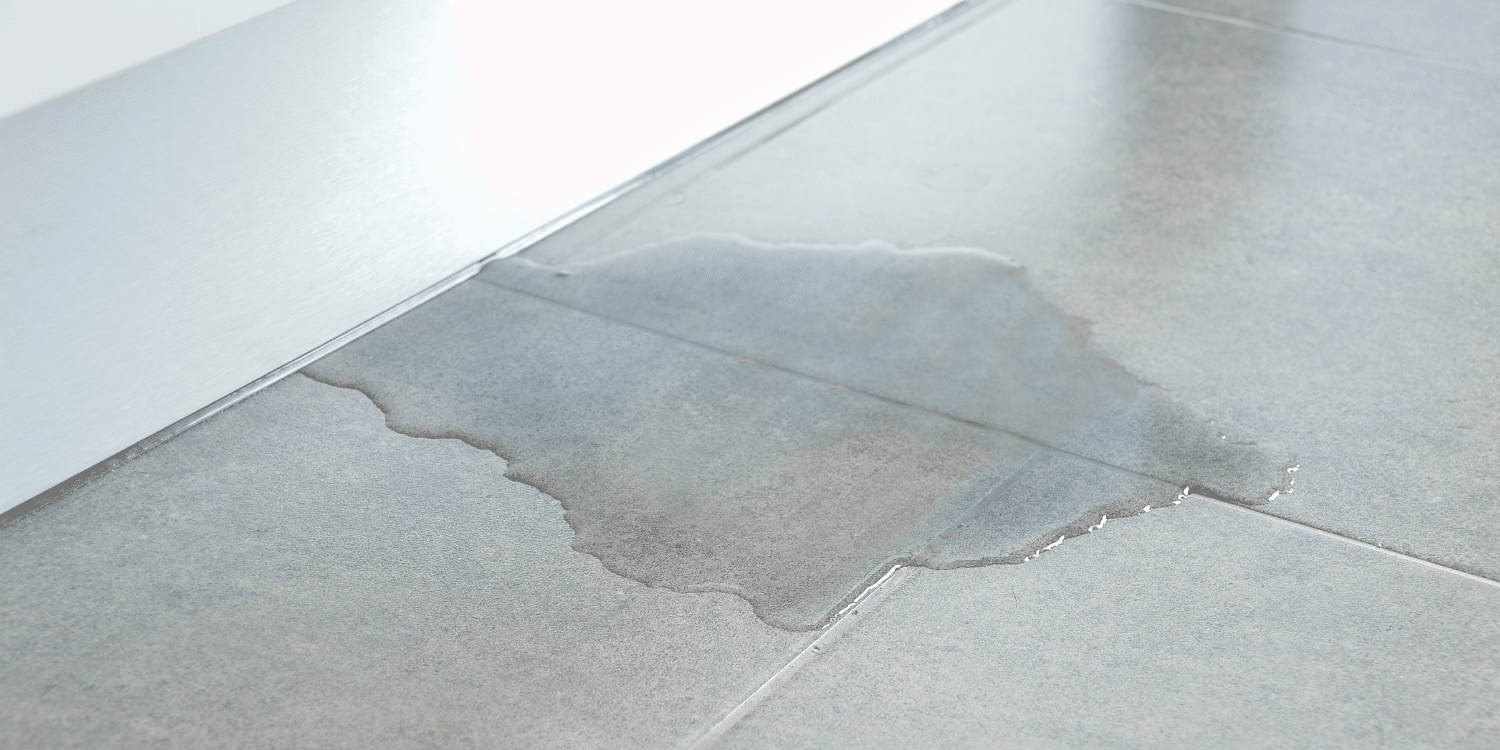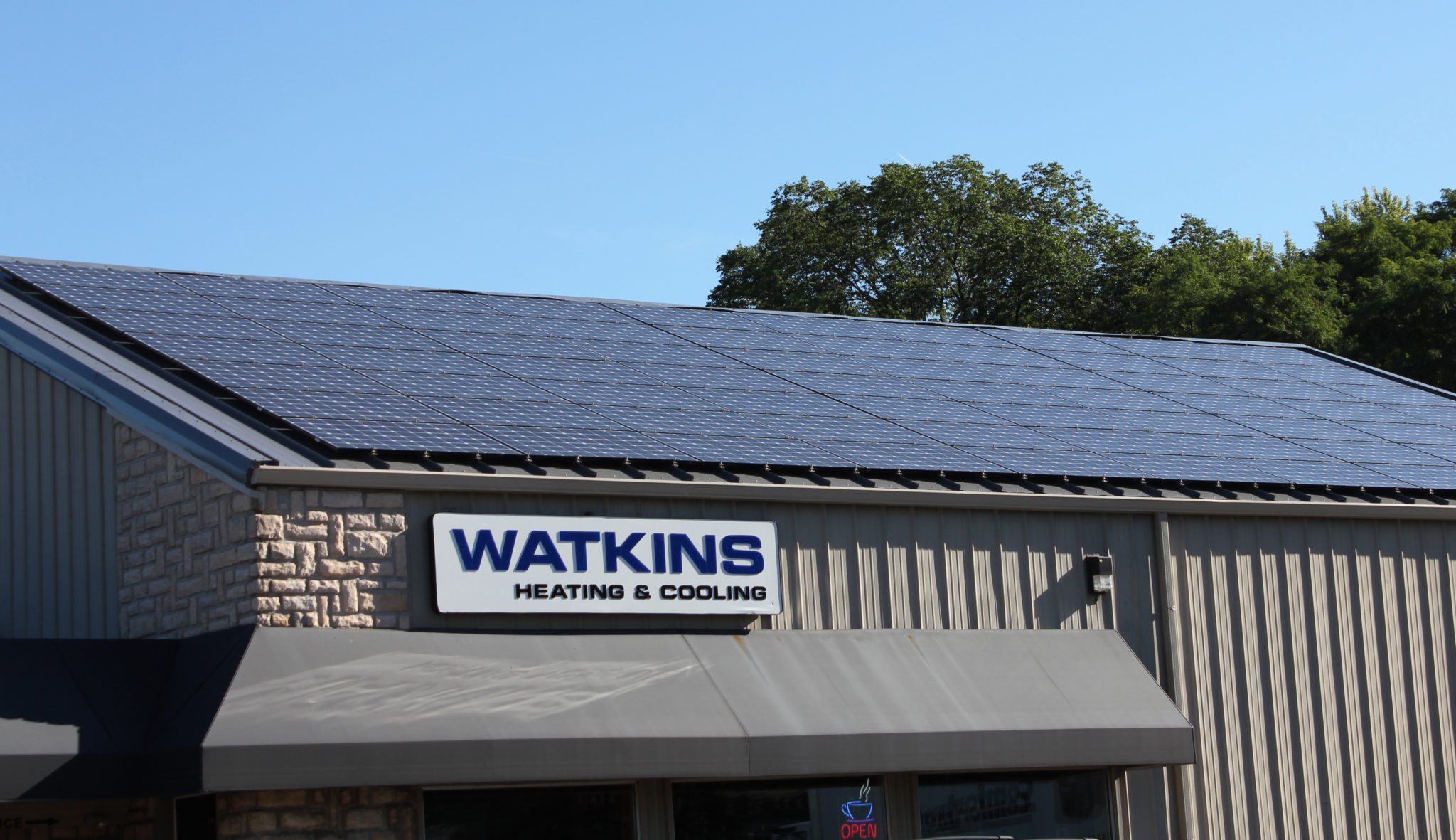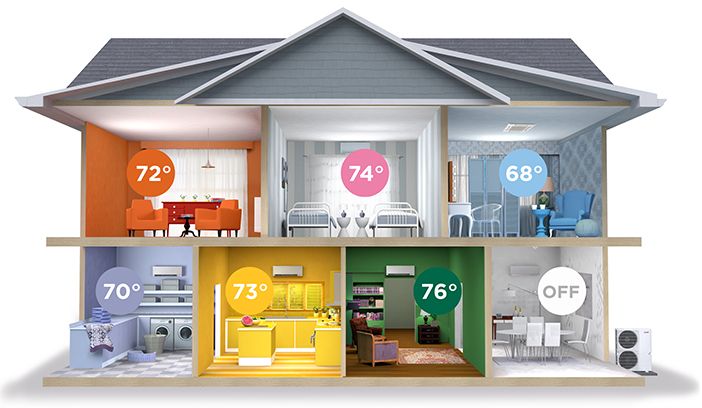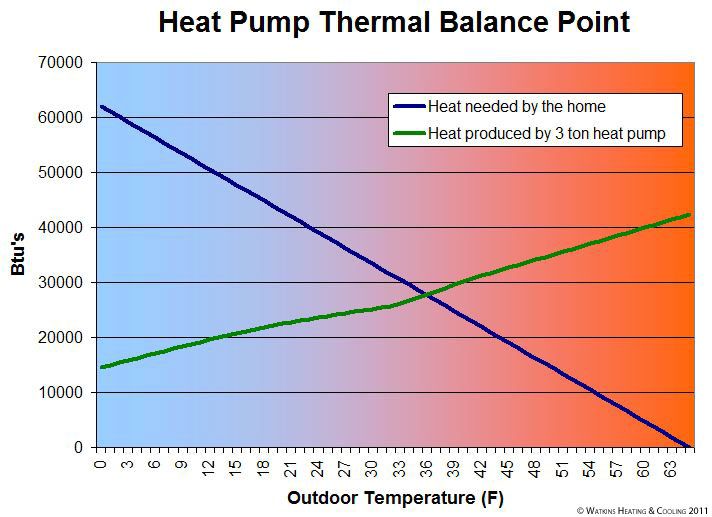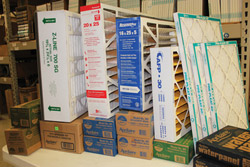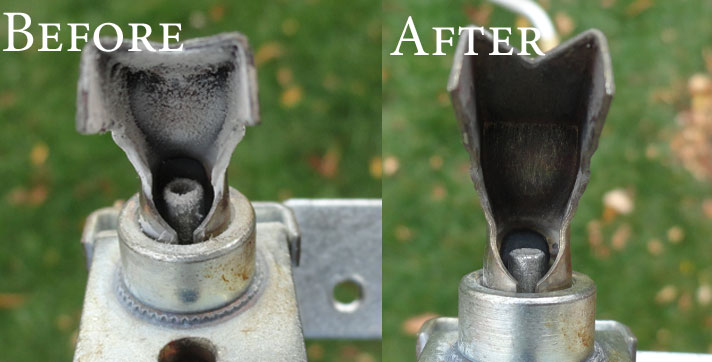What Is Considered High Humidity and Low Humidity In Your Home
If you’re here, you’re probably checking to see if your house is too humid or not humid enough. We’re here to help you figure out if your home’s humidity is in good shape. We’ll also explain what might be messing with your humidity levels and how you can fix them!
Before we get into the specific numbers for high humidity and low humidity below, we want to note that the percentage used to measure your home’s humidity is called the Relative Humidity (RH). This tells us how much water is in the air compared to how much it can hold – so 100% relative humidity means the air is completely saturated with water vapor. It’s “relative” because warm air can hold more water vapor than cold air.
If you’re looking to find the perfect humidity level, take a look at our guide to ideal humidity levels. In this post below, we focus specifically on what defines high humidity and low humidity.

What Is Considered Low Humidity?
Unlike high humidity, which has a clear cutoff at 60%, low humidity isn’t just one simple number. “Low humidity” has different ranges, each with varying effects depending on the conditions.
Low indoor humidity can feel stale, dry, and staticky, and can irritate your skin and nasal passages. Below 35%RH, you may notice dry skin and irritated sinuses. Below 20%RH, you might notice an increase in static shocks and cracked woodwork. Lack of adequate moisture can also be bad for the health of any pets and house plants.
The most common time for low humidity in your home is during winter, when cold dry air infiltrates your home, then your heating system warms the air further lowering the relative humidity. But what’s considered “low humidity” in the winter is very different as you balance what’s best for your body and for your home. In the winter, humidity levels below 20% are very low.
An automatic humidifier, like the Aprilaire 600A, constantly adjusts to outdoor temperatures. The goal is to keep indoor humidity as close to 35%RH as we can without causing condensation on your windows. While 35% feels good, it could cause mold and rot on windows and exterior walls when the winter temperatures really dip.
Skip to Causes and Solutions of Low Humidity →
What Is Considered High Humidity?
Of course nobody wants high humidity in their home – it makes the air feel heavy and uncomfortable. But what even qualifies as “high humidity”?
Anything above 60% relative humidity is high humidity and will cause problems in your home. Some things you might notice that indicate high indoor humidity levels include sticky air, condensation on your windows, mold growth, and musty smells. These signs often mean there is enough moisture in the air to feed mold growth, even without standing water. 70%RH is very high, and risks increase significantly above these levels. In this range you’re likely to see visible mold growth and damage to furniture and wood floors from the excess moisture.
It’s very important to note that we define as “high humidity levels” changes quite a bit when temperatures are cold outside. Cold air simply can’t hold as much water vapor. When indoor air comes into contact with cold surfaces like windows or exterior walls, it cools down, and the relative humidity in those spots increases. If that localized humidity rises above 65%, you’re at risk for condensation, mold growth, and damage to woodwork or walls.
Because of this, winter humidity levels above 40% R.H. are considered high. If outdoor temps are very frigid or you have bad windows, 25% may be too much. In the winter, the goal is to get home humidity as close as we can to 40% without causing condensation issues which would lead to mold growth, rotting, and other damage.
We do hear some homeowners say that their personal preference is a more humid home, which makes sense as more humidity (around 50%) feels better for your skin and respiratory system. However, perfect humidity for your body may cause mold growth and water damage during a cold winter.
Skip to Causes and Solutions of High Humidity →
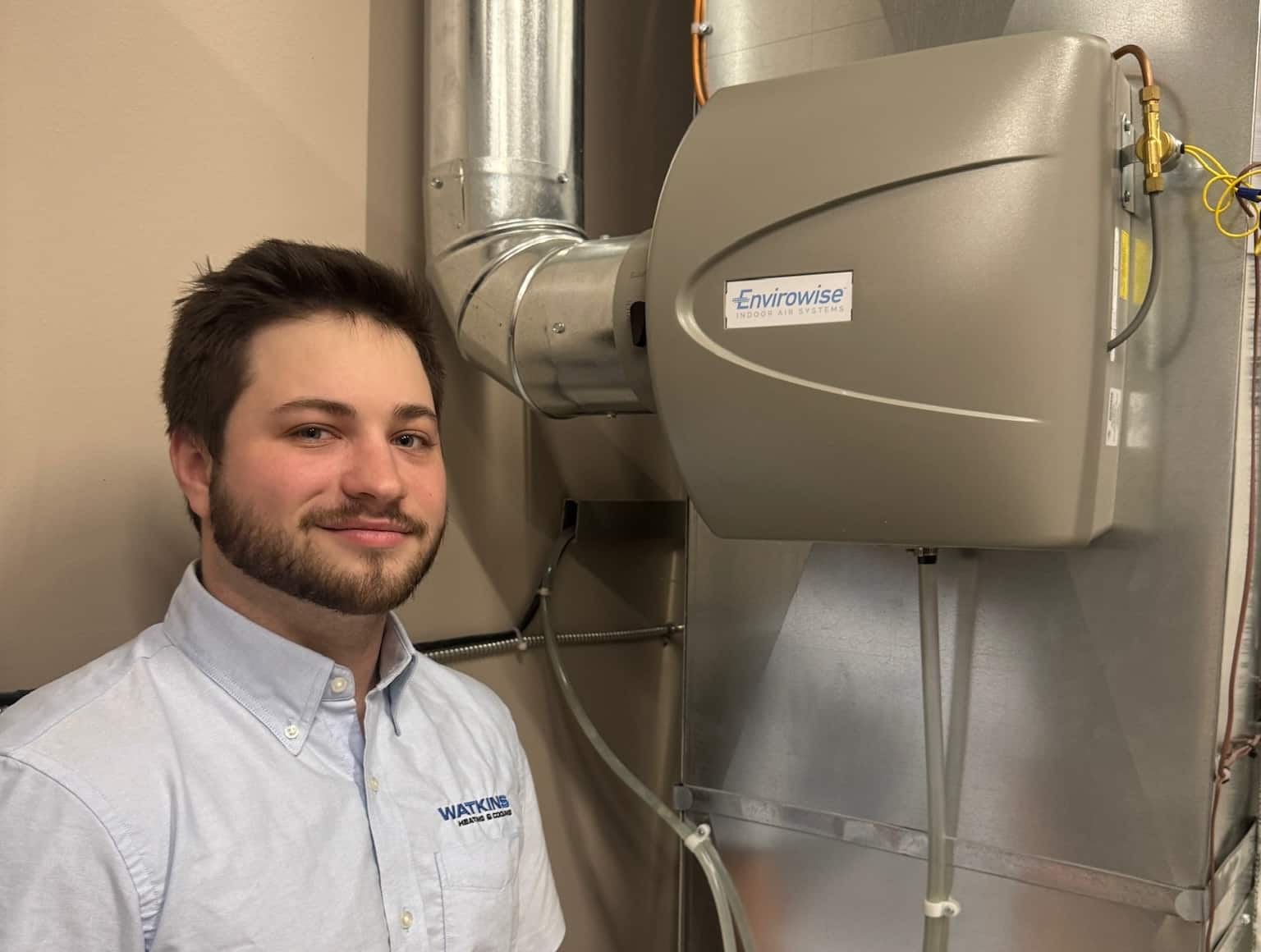
What Causes Low Humidity Inside a Home?
Trying to figure out what’s creating the dry air in your house? Low indoor humidity is usually caused by environmental factors and leaky homes. Let’s break these down:
- Cold Outdoor Air: Cold air just doesn’t hold as much moisture as warm air – it’s a basic fact of nature. When that chilly air sneaks through window and door seals during the winter, it brings those low moisture levels with it. This is why things can start to feel uncomfortably dry indoors when outdoor temperatures drop.
- Heating Systems: Any gas appliance with “indirect venting” constantly draws conditioned air out of your home. Indirect venting includes all metal vents, such as an 80% furnace or water heater, and high efficiency furnaces with only one PVC vent pipe. These appliances use the air in your home for combustion and contribute to a “leaky” house.
- Poor Insulation: Ever notice a draft around your windows or doors? Those little gaps may seem minor, but when added together it’s like having a window open year-round. When your home isn’t sealed up well, it’s a constant battle to keep moisture levels where they need to be.
Now let’s dive into how we can tackle these low humidity issues!
How to Raise Humidity in Your House
Low humidity problems, especially during winter, can make your home feel uncomfortably dry. Controlling how moisture escapes your home is just as important as adding it back. Here are a few strategies:
- Use a Humidifier: In a climate like Ohio’s, humidifiers are simply a necessity during the winter. It’s not possible to keep your home humidity at healthy levels without a whole-house humidifier. Aprilaire has a huge selection of humidifiers that can be installed directly into your HVAC system by professionals like Watkins
- Seal Drafts: Prevent dry, cold air from infiltrating your home by sealing gaps around windows and doors.
- Switch to Direct Venting Heating Systems: These heating systems use two PVC pipes—one to bring in outside air for combustion and one to vent the flue gases safely. This reduces negative air pressure on your home, lowering infiltration, and helping to maintain your home’s humidity.
- Add Houseplants: Decorating with houseplants can naturally increase humidity as they release moisture into the air. They great for your mental health too!
- Leave Bathroom Doors Open: When showering, leave the bathroom door open to let the steam circulate throughout your home. This hack only works in the winter and would cause major problems in the summer.

What Causes High Humidity Inside a Home?
Wondering what might be causing the high humidity problems in your house? There are several factors that could be the culprit.
- Poor Ventilation: Bathrooms, kitchens, and basements are common culprits because they often lack proper airflow. Moisture generated in these spaces lingers, causing relative humidity levels to rise.
- Moisture-Producing Activities: Everyday activities such as cooking, showering, or drying clothes indoors release large amounts of water vapor into the air.
- HVAC Inefficiencies: An air conditioner that’s oversized, undercharged, or improperly maintained may fail to effectively remove excess moisture.
- Seasonal Climate: Warm air holds more moisture than cold air, which means summer months often come with higher indoor humidity if not properly managed.
Now let’s get into how we can address these high humidity issues!
How to Lower Humidity in Your House
If you’re dealing with high humidity problems in your home, there are many ways to get rid of that excess moisture. Everyday activities can introduce significant amounts of water vapor into your home, so making small adjustments can go a long way. Here are some practical tips:
- Use Dehumidifiers: Dehumidifiers are a tool designed specifically for this problem! Portable dehumidifiers are great in problem areas like basements or crawl spaces where moisture tends to accumulate. Whole-house dehumidifiers help reduce humidity levels in the Spring and Fall when you A/C unit is not running.
- Improve Ventilation: Use exhaust fans in bathrooms and kitchens to remove moisture from the air during showers or cooking. Ensure clothes dryers are properly vented to the outside.
- Avoid Drying Clothes Indoors: Hanging wet clothes inside can significantly raise indoor humidity levels. Opt for air drying them outside or with a properly vented clothes dryer.
- Fix Plumbing Leaks Promptly: Even minor leaks can contribute to excess moisture, so it’s important to address them as soon as possible.
- Upgrade Your HVAC System: Modern air conditioning systems, especially variable-speed units, can effectively control both temperature and humidity.

FAQ Section
Yes, 60% RH is high and is likely to cause issues like mold and bacteria growth. At 70%RH these risks increase greatly.
No, 40–50% RH is ideal for most homes. However, during winter, these levels may actually be too high depending on the quality of your windows and the current outdoor temperature.
Below 20% RH is considered very low in the winter and may cause dry air discomfort, static electricity, and damage to woodwork.
In winter, over 40% RH is high and may lead to condensation and mold growth on windows and walls.
In the summer, RH below 30% is low and can feel uncomfortably dry.
RH above 60% in summer is considered high and often feels sticky or damp.






